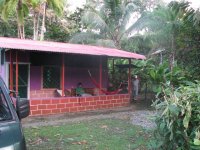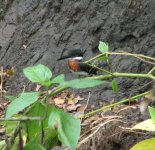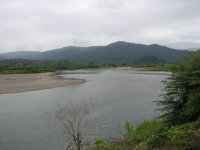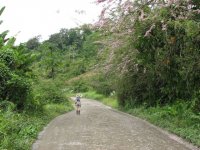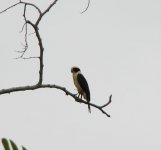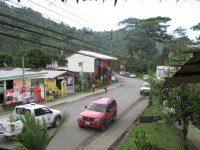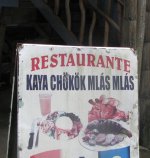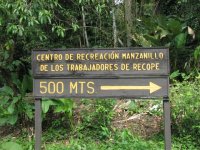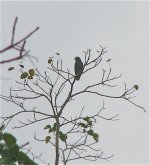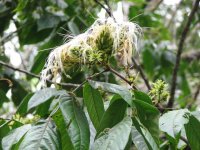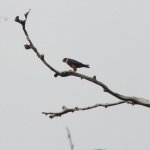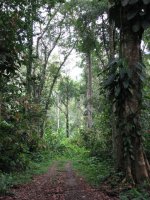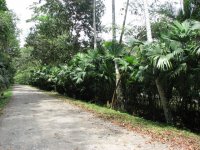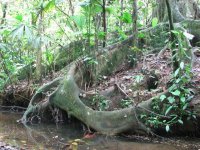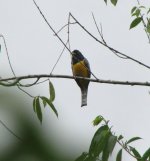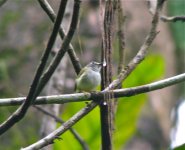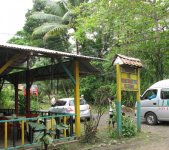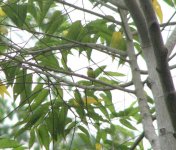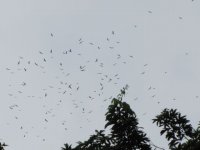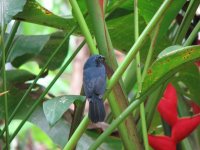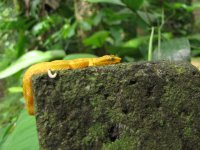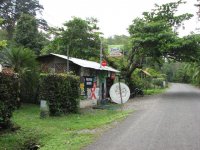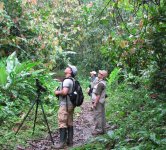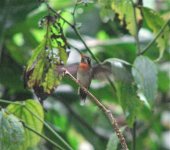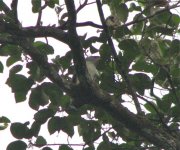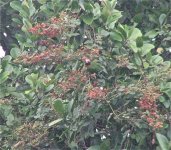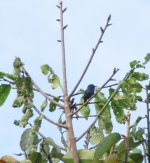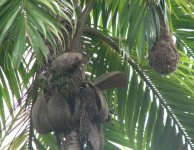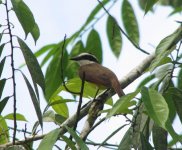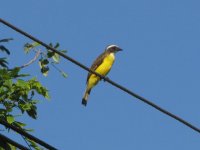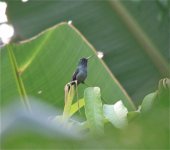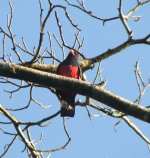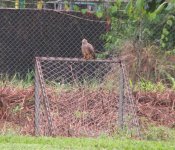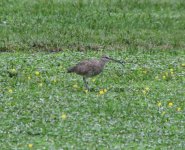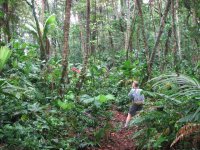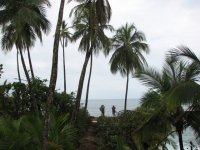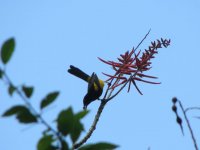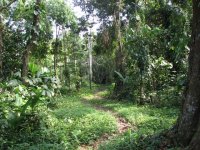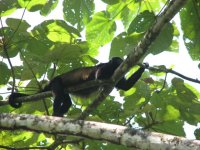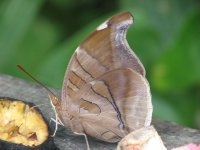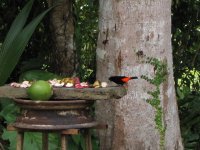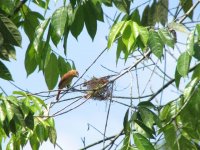Hamhed
Well-known member
Note: This is the novel length version of gdhunter’s report:
(http://www.birdforum.net/showthread.php?t=254920)
Feb. 20
We arrive in Costa Rica again! Liz and I have not grown tired of visiting this beautiful and exotic country for birding and the mild adventure of traveling. On this trip, from February 20th to March 6th, we joined Gary and Danny from the western U.S., birding friends we traveled with on a 2012 trip to the Osa Peninsula.
The four of us chose a moderately expensive but relaxing style of transport within the country for our day of arrival. In early afternoon, Mainor Delgado of Friendly Costa Rica (http://www.friendlycostarica.com/) picked us up at the Alajuela airport (with fresh pizzas from his business in San Ramon!), took us for a grocery shopping trip to the local Walmart and headed expertly east through the morass of San Jose and the mountains of Braulio Carrillo. We made a quick stop, fortunately between rain showers, at El Tapir, finding four species of Hummingbirds (Green Thorntail, Snowcap, Rufous-tailed and Violet-headed) and six species of Tanagers before continuing on to our destination on the extreme southeastern coast.
Arriving well after dark and tired from 14 hours of traveling, we located our host and the key for the cabin Gary had rented, saving closer inspection for morning.
(http://www.birdforum.net/showthread.php?t=254920)
Feb. 20
We arrive in Costa Rica again! Liz and I have not grown tired of visiting this beautiful and exotic country for birding and the mild adventure of traveling. On this trip, from February 20th to March 6th, we joined Gary and Danny from the western U.S., birding friends we traveled with on a 2012 trip to the Osa Peninsula.
The four of us chose a moderately expensive but relaxing style of transport within the country for our day of arrival. In early afternoon, Mainor Delgado of Friendly Costa Rica (http://www.friendlycostarica.com/) picked us up at the Alajuela airport (with fresh pizzas from his business in San Ramon!), took us for a grocery shopping trip to the local Walmart and headed expertly east through the morass of San Jose and the mountains of Braulio Carrillo. We made a quick stop, fortunately between rain showers, at El Tapir, finding four species of Hummingbirds (Green Thorntail, Snowcap, Rufous-tailed and Violet-headed) and six species of Tanagers before continuing on to our destination on the extreme southeastern coast.
Arriving well after dark and tired from 14 hours of traveling, we located our host and the key for the cabin Gary had rented, saving closer inspection for morning.




